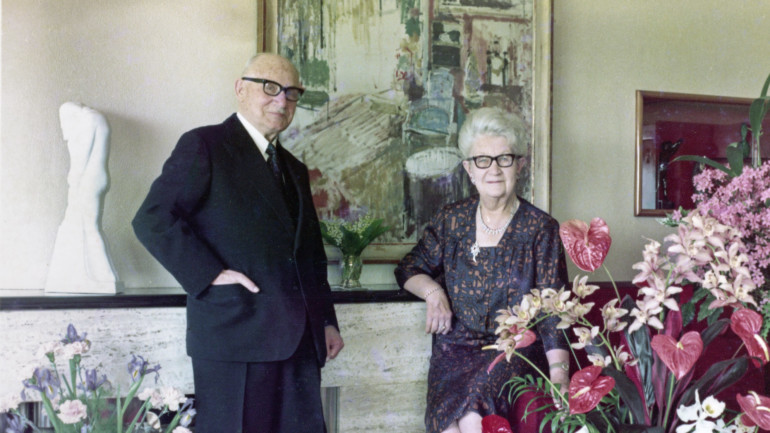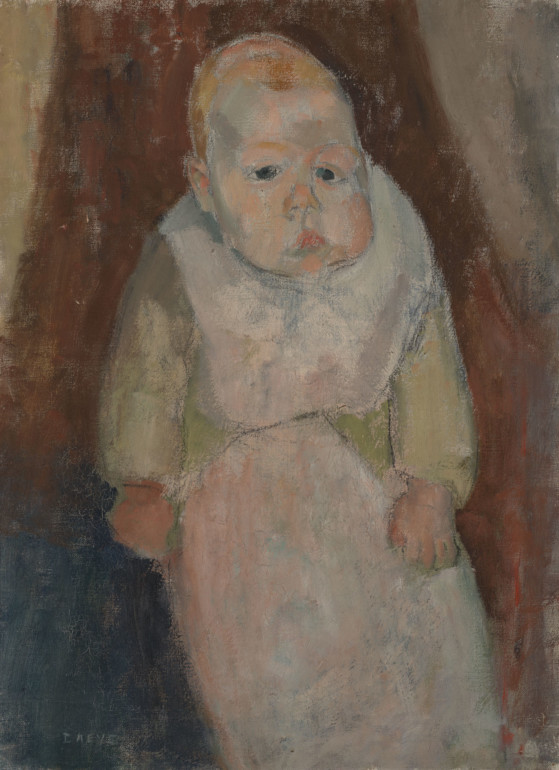Hippolyte Daeye
Hippolyte Daeye was a Belgian painter renowned for his contributions to Impressionism and Post-Impressionism. His oeuvre reflects the influences of major artistic movements at the end of the 19th and the beginning of the 20th centuries. Born in Ghent, Daeye studied at the Royal Academy of Fine Arts there, receiving comprehensive training in both classical and modern painting techniques.
Daeye’s early work is characterized by a realistic style, featuring detailed portraits and landscapes that capture the natural beauty of Flanders. As he developed as an artist, however, he began to experiment with color and light in ways heavily influenced by Impressionism. His brushstrokes became looser, and he employed brighter colors to emphasize the interplay between light and shadow. This resulted in paintings that captured the atmosphere and the moment, rather than providing an exact representation of reality.
A notable aspect of Daeye’s work is his remarkable ability to bring the human figure to life. His portraits and figure studies reveal a deep understanding of human emotions and character. He often painted ordinary people in everyday situations, which imparted a sense of intimacy and relatability to his work. This human dimension renders his work particularly engaging and timeless.
In addition to his portraits and figure studies, Daeye also painted numerous landscapes and cityscapes. He had a keen eye for composition, frequently employing diagonal lines and asymmetrical arrangements to introduce dynamism into his paintings. His landscapes are rich in detail and convey a sense of depth and space, while his cityscapes capture the hustle and bustle of urban life.
Artworks 1
Exhibitions 7
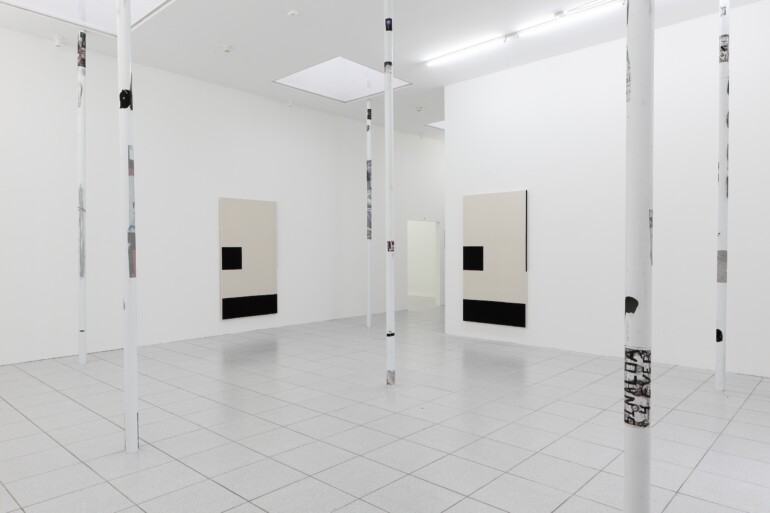
The Still House Group - Project space I
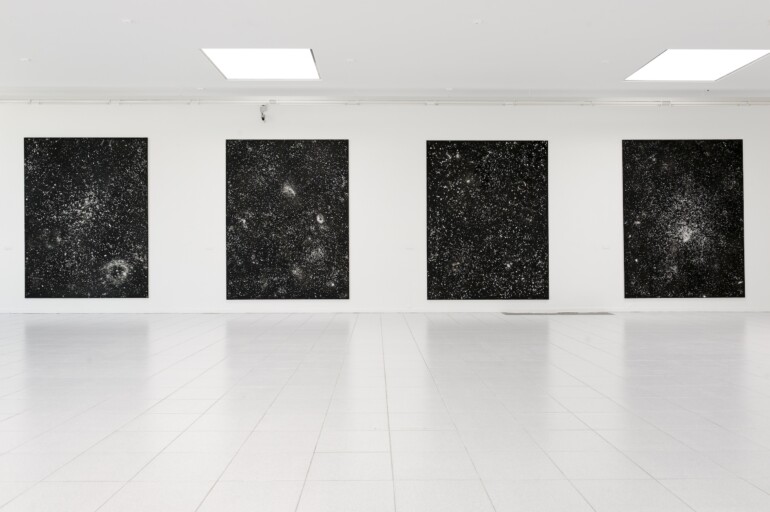
2nd Biennial of Painting
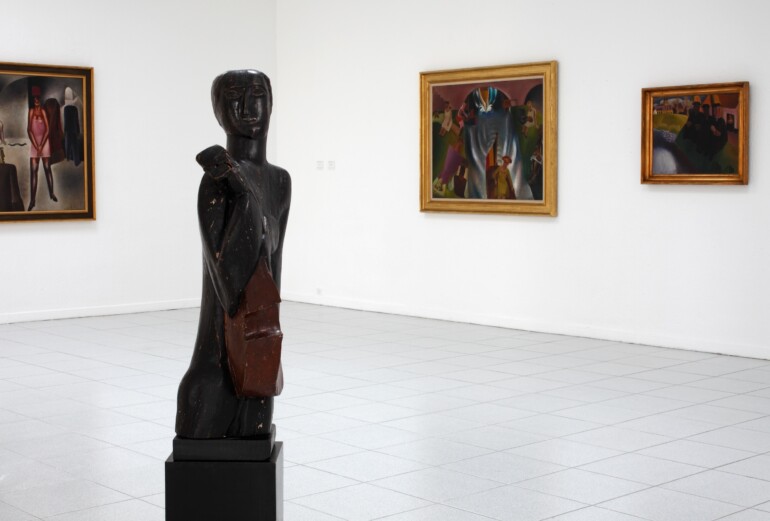
Herinnering aan een zondag: P.-G. Van Hecke en de kunstenaars in de jaren 1920
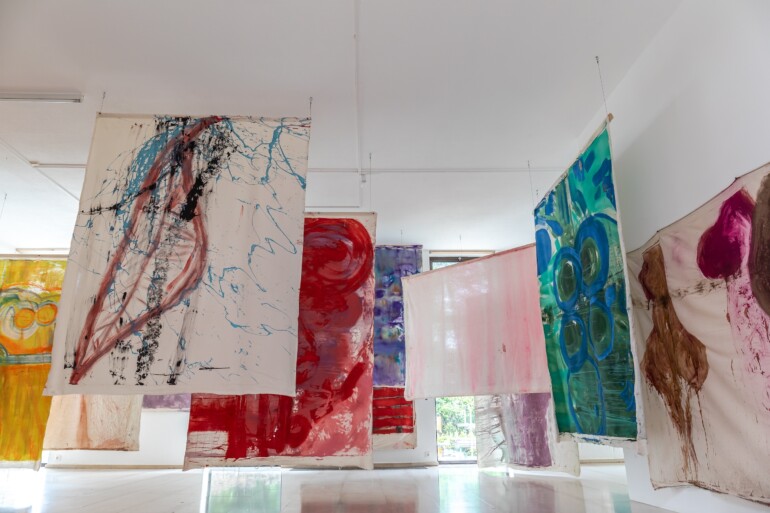
9th Biennial of Painting
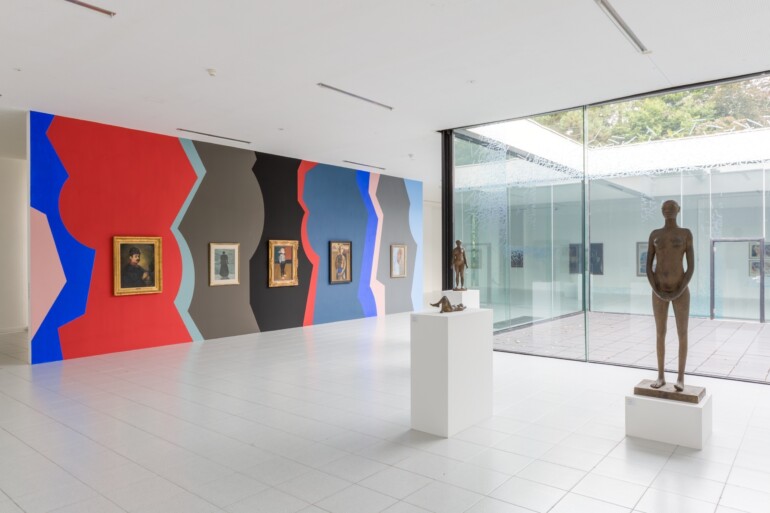
Walther Vanbeselaere, Collector for the State
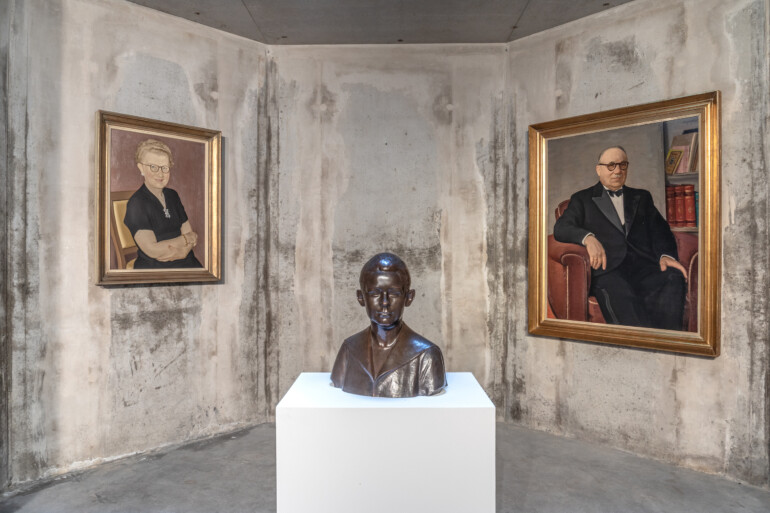
Portretten van een collectie
